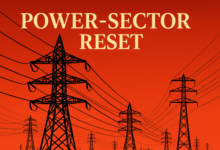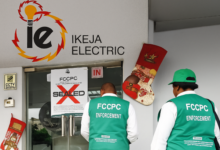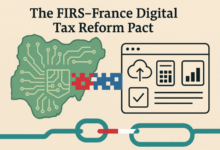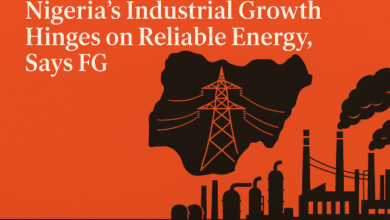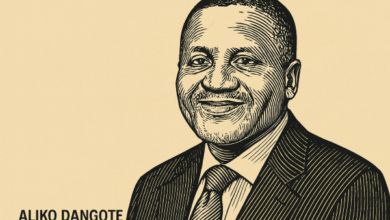NUPRC Reforms Unlock 28 Field Plans, $18bn Investments
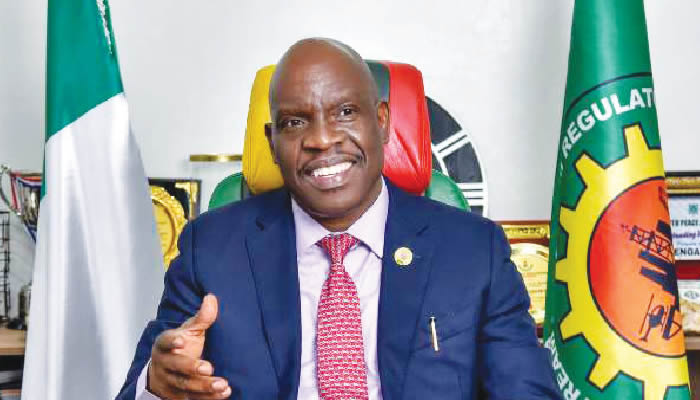
Nigeria’s upstream reset is starting to show in hard numbers. The Nigerian Upstream Petroleum Regulatory Commission (NUPRC) says its reform drive—anchored on the Petroleum Industry Act (PIA) and a new rulebook—has yielded 28 approved Field Development Plans (FDPs) in 2025, tied to $18.2bn in committed CAPEX. The package unlocks an estimated 1.4bn barrels of oil and 5.4 Tcf of gas, with development profiles targeting ~591,000 bpd of liquids and ~2.1 Bscf/d of gas at plateau.
Why this NUPRC Reforms different
- From policy to projects: Twenty-four new regulations (19 already gazetted) have tightened timelines, simplified approvals, and boosted predictability for operators.
- Rig count revival: Active rigs reportedly climbed from single digits in 2021 to 43 by September 2025—an operational proxy for confidence.
- FID momentum: Recent greenlights include Bonga North (deepwater, ~$5bn) and Ubeta Gas (~$0.5bn), with a queue forming around HI NAG, Ima Gas, Owowo Deepwater, and Preowei.
- Deal flow: Five major acquisition approvals (>$5bn) have refreshed asset ownership, deepening indigenous participation and balance-sheet capacity.
- Licensing traction: Recent bid rounds (2022–2024) used clearer fiscal/technical screens and calibrated signature bonuses; 27 of 31 blocks offered in 2024 were taken—an unusually high strike rate for Nigeria.
Macro impact: what $18bn can buy
- FX and fiscal buffers: Higher liquids lift export receipts and federation take; gas royalties and taxes build a steadier non-oil revenue base.
- Gas-to-power & industry: ~2.1 Bscf/d can underwrite power generation, LPG expansion, fertiliser, methanol, and midstream processing—critical for manufacturing competitiveness.
- Local content lift: New FDPs mean fabrication yards, rig services, EPC, OCTG, logistics, and marine support—jobs and skills in-country if execution stays on schedule.
- Security dividend: More formal activity and surveillance around fields/pipelines typically dampen theft and outages—if multi-agency coordination holds.
The fine print investors will watch
- Execution risk: Can EPC capacity, financing close, and long-lead items keep pace with the approvals pipeline? Slippages turn CAPEX into carry costs.
- Gas offtake reality: Power sector liquidity, regulated tariffs, and creditworthy offtakers remain the gating items between “available gas” and “paid molecules.”
- Fiscal stability: Post-PIA tweaks should be surgical and data-led; moving goalposts will re-price risk and slow FIDs.
- Community & ESG: Host Community provisions must work in practice—grievance redress, benefit flows, and environmental performance are now bankability issues.
- Security: Production recovery relies on sustained joint operations and tech-enabled monitoring along key corridors.
BRANDECONOMY take: three levers to lock in gains
- Gas commercialization fast-track: Standardised gas sales agreements, credit enhancement for power/IPPs, and accelerated connections to midstream (processing, pipelines, LPG).
- Deepwater clarity: Ring-fence fiscal terms and approvals for near-maturity deepwater (Bonga North class) to pull forward barrels before global capital cycles turn.
- Delivery dashboard: A public, quarterly FDP-to-First-Oil/Gas scorecard (milestones, local content, emissions) to keep operators, financiers, and communities aligned.
Bottom line: The numbers—28 FDPs, $18.2bn CAPEX, rising rigs—signal a genuine turn in sentiment. Converting approvals into molecules and megawatts, at pace, is now the test. If gas commercialisation and execution discipline keep step with regulatory momentum based on the , Nigeria can translate reforms into barrels, electrons, and taxes—exactly where the economy needs relief.


